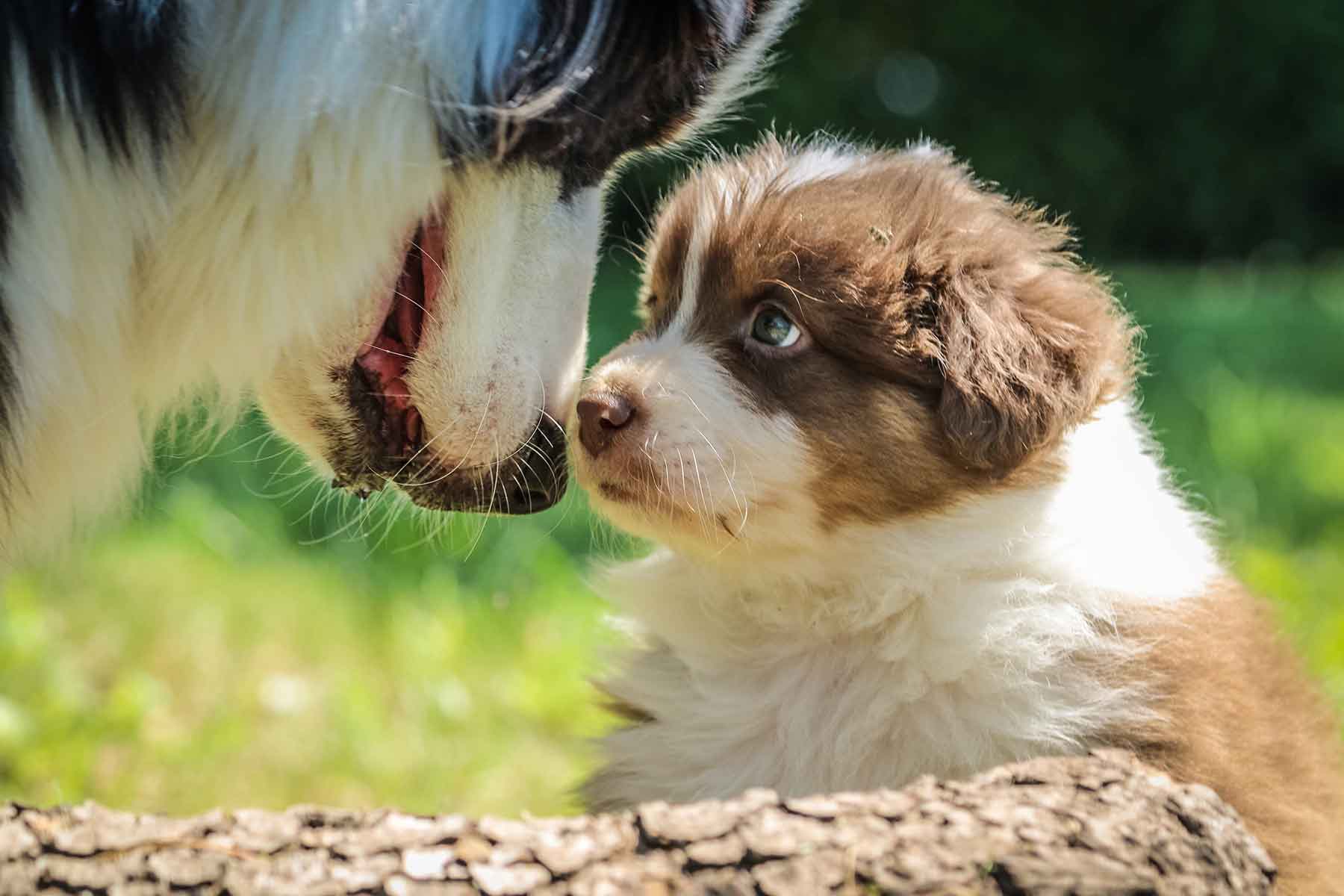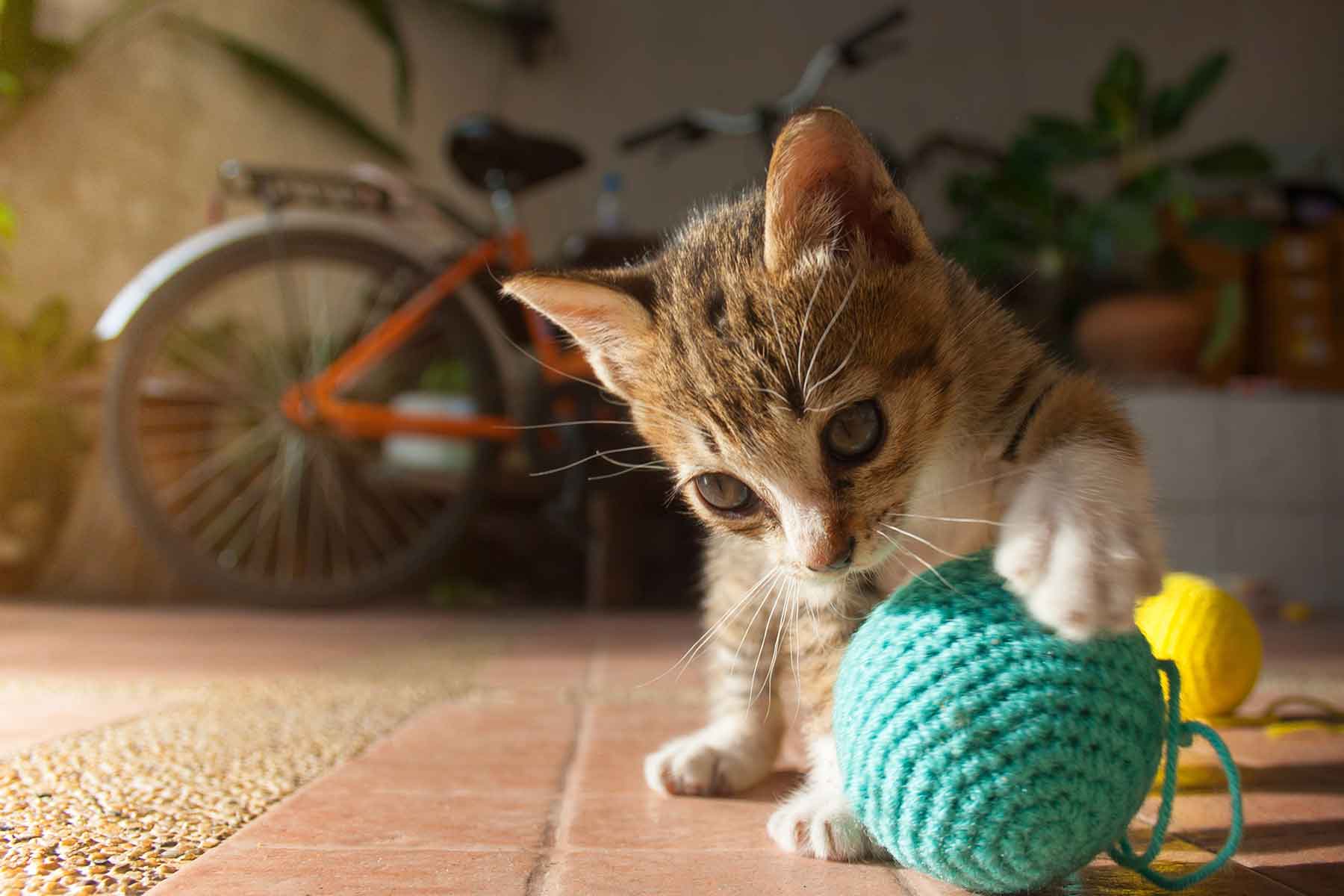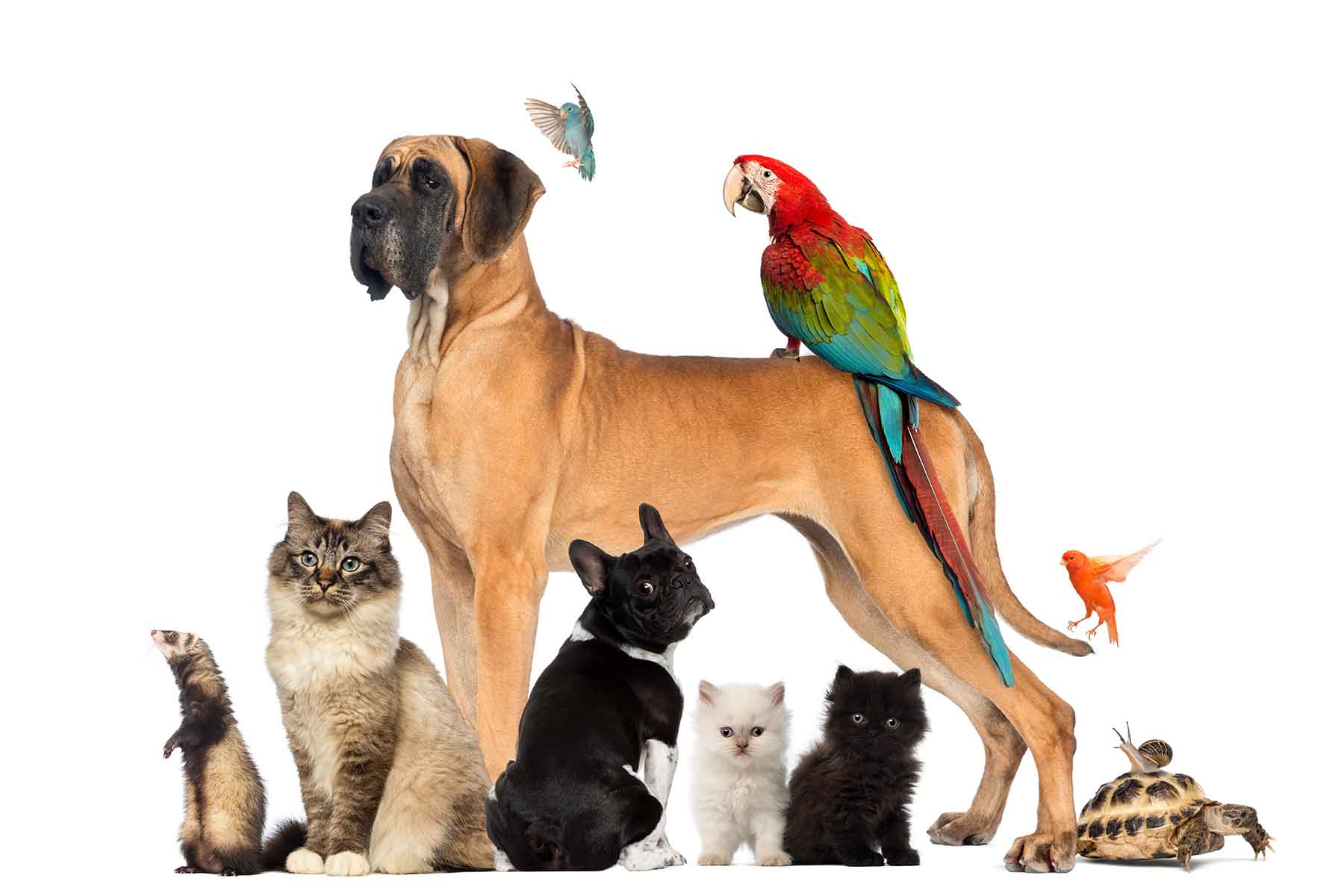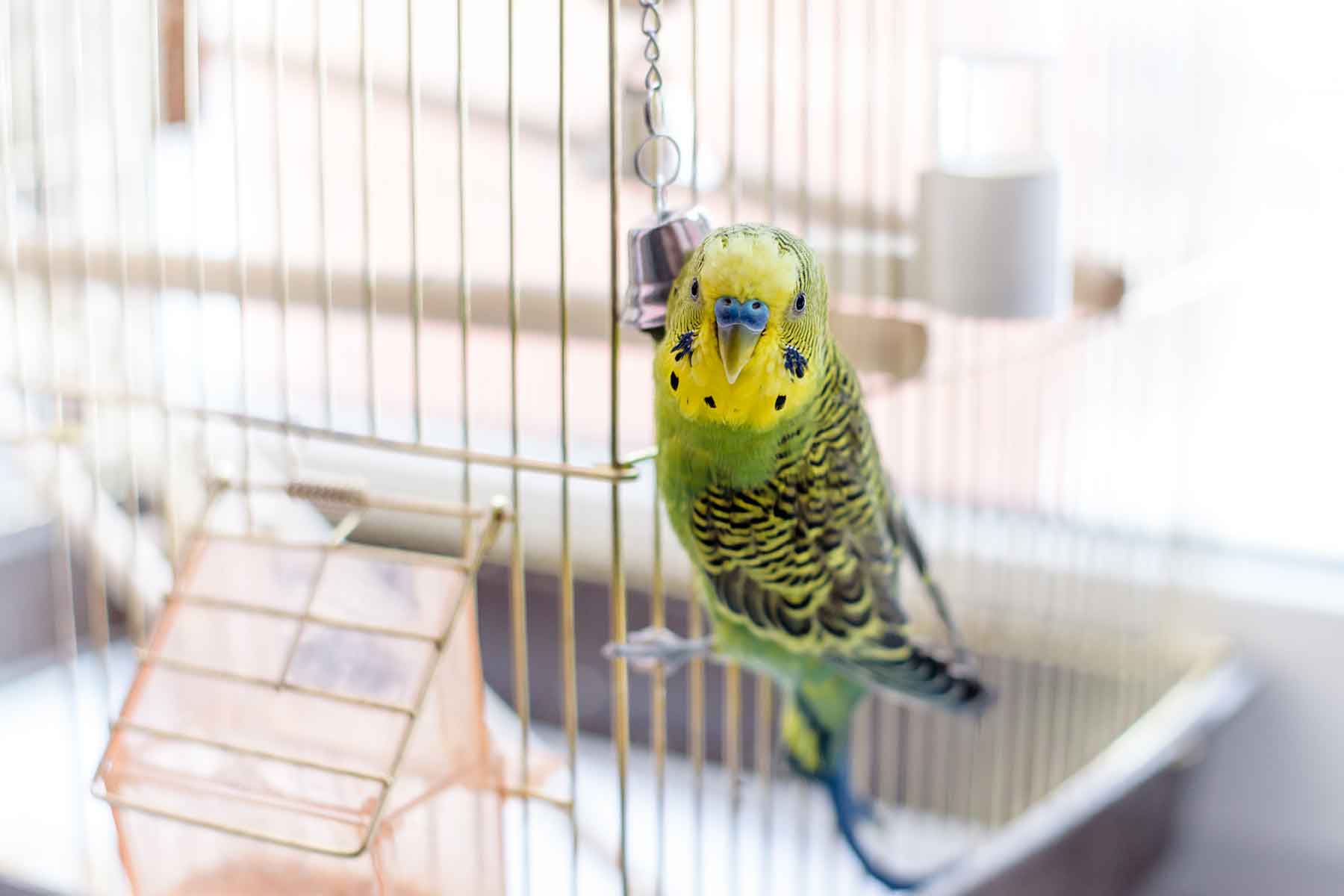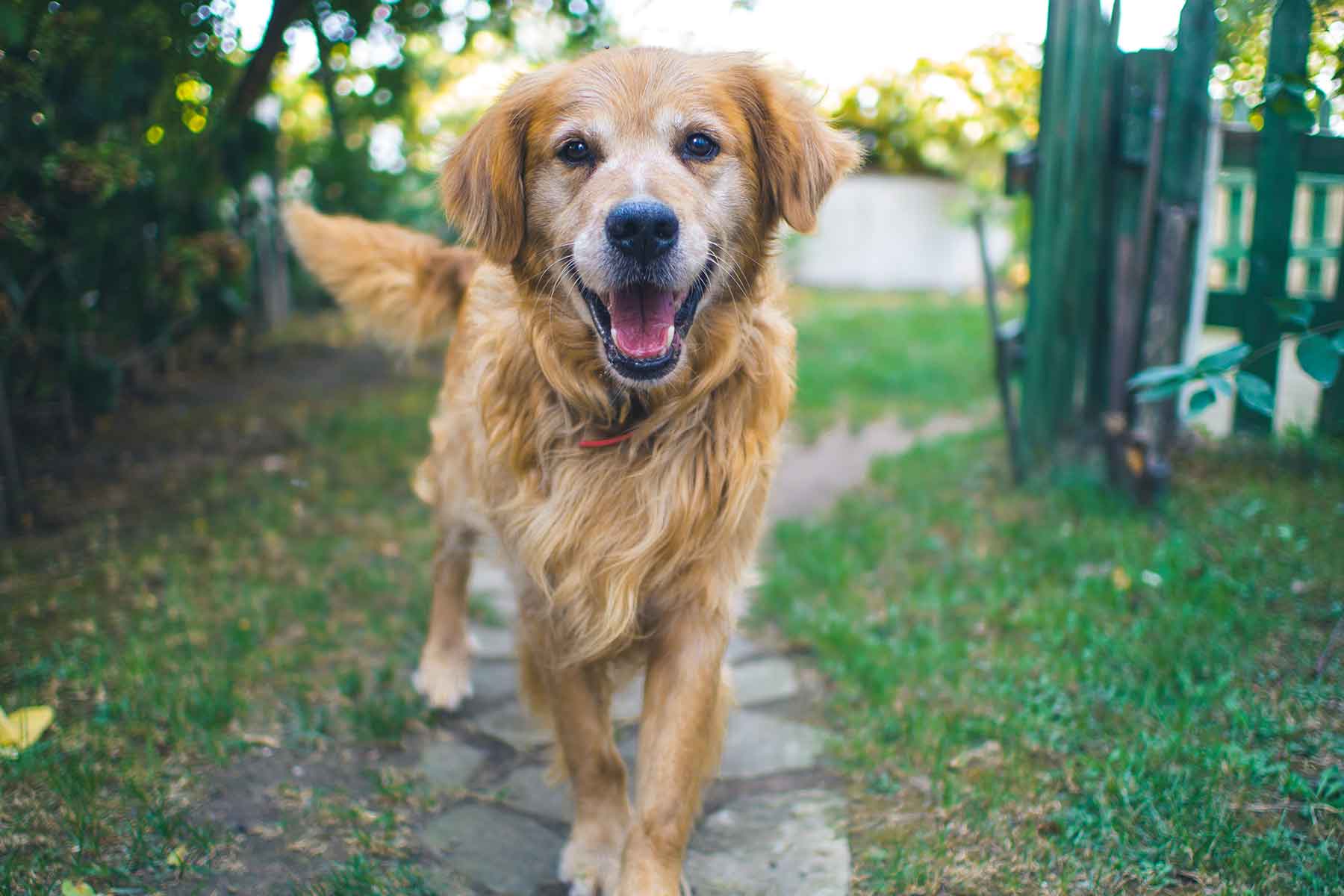During the first three weeks of life, puppies require little care from the owner provided the mother is doing her job. Puppies are born with their eyes closed but the eyes open after one to two weeks. If any swelling or bulging is noted under the eyelids, they should be gently opened by massaging with a cotton ball dampened with warm water. If the swelling is due to infection, pus will emerge as the eyelids open and it is important to contact your veterinarian. If the eyes have not opened by two weeks of age or if you are concerned about any discharges from the eyes, it is important to seek veterinary care.
Is there anything you should note during these early weeks?
The puppies’ growth rate should be monitored. Most puppies will double their birth weight in the first seven to eight days. Electronic or kitchen postal scales are ideal to monitor weights. A trend indicating increasing weight is more important than accurate weights. Be sure to record the puppies’ weights so you can identify any changes as soon as possible.
When should the puppies start to stand and take an interest in their surroundings?
As soon as the puppies’ eyes open they rapidly begin to physically develop. By two weeks of age they should be alert and trying to stand. By three weeks they should be trying to climb out of their nest or whelping box. At four weeks all the puppies should be able to walk, run and play.
What about the mother? When and how do you increase her food and with what?
You should have increased your female’s food during the last two or three weeks of pregnancy.
After whelping, food requirements increase further as the mother produces more milk for her growing puppies. Maximum milk production occurs approximately three weeks after whelping and at this time it is not unusual for the mother to be eating three to four times her normal maintenance diet depending on the size of her litter, breed, and her physical condition.
What should you feed the mother and how often?
It is important not to change the mother’s diet too suddenly, especially immediately after whelping. Eating the afterbirth, which helps to stimulate milk production, also tends to promote diarrhea, which is the last thing you need with a nursing mother. If she has been fed a well-balanced premium diet, either canned or dry, you should have been gradually increasing the amount during the last two or three weeks of her pregnancy, by increasing the frequency of feeding rather than the volume per meal.
After whelping she may not want to eat very much for twenty-four to forty-eight hours, after which she should regain her appetite. It is recommended to feed her frequently, gradually increasing the amount per meal as her milk production increases and as her puppies grow.
Peak milk production will be at approximately three weeks. At this time, depending upon breed and size of litter, she may be receiving up to four times her normal maintenance ration fed in four meals a day. Adequate fluid is also essential, particularly if dry food is being fed. Make sure there is a plentiful supply of clean drinking water. You will be surprised how much she eats and drinks while feeding her puppies.
Is it necessary to feed the mother’s milk or milk substitute while she is lactating?
No. If a good veterinary-recommended premium diet is being fed, water is all that is necessary. Some breeds should not receive certain supplements. Be sure to consult with your veterinarian before giving any nutritional supplements or vitamins to your pet.
DO YOU HAVE TO DO ANYTHING TO DRY UP The mother’s MILK SUPPLY?
Starting at approximately three weeks after birth, as you start the weaning process, the puppies will gradually feed less and less from the mother’s milk. She will be happy to leave the nest for longer and longer periods and, depending on her breed or type, will probably enjoy increased periods of exercise and physical activity. At the same time, her milk supply should be diminishing naturally and the frequency and quantity of food you are feeding her should also be decreased. It is rare that medical intervention is required to reduce a mother’s milk supply.
What is an appropriate diet?
Your veterinarian can advise you regarding suitable, highly nutritious, energy dense complete foods. Toy and small breed dogs often prefer canned foods while the larger breeds often do better on dried food.
weaning puppies – What is this and how and when do you do it?
Weaning describes the transition of the puppy’s diet from its mother’s milk to the solid growth diet of puppyhood.
In the wild, weaning begins naturally as soon as the puppies start to develop their teeth, at three to four weeks of age. Suckling then irritates or hurts the mother who will move away and leave her puppies for longer and longer periods. Natural weaning involves the female dog regurgitating her food and the puppies consuming this material. Many pets will also do this and cause concern to owners. It is usually a natural maternal function and nothing to be worried about.
Once the puppies’ eyes are open, gradual weaning generally starts. The sooner the puppies are weaned, the less the strain on the mother and the sooner she will return to normal condition.
If the puppies have been hand raised for any reason, the sooner they are weaned and eating solid food on their own, the better. It is worthwhile to begin offering soft foods as soon as their eyes are open.
How should you start weaning the puppies?
Start by placing one of the reconstituted puppy milk replacers in a flat saucer. Puppies’ noses can be dipped into this, or you can dip your finger in the formula and wet their noses and mouths. Repeat this two or three times a day until they begin to drink the replacer on their own. This usually takes one to four days.
Next try offering pre-soaked puppy biscuits or canned puppy food crumbled and mixed with the milk replacer. As the puppies lap at the fluid they will also ingest the food. The amount of milk is then decreased daily until they are eating the puppy food with little or no moisture added. This should be completed by four to six weeks of age.
Weaning them onto one of the complete puppy foods (which are available in dry, canned and semi-moist forms) ensures balanced nutrition. Consult with your veterinarian regarding puppy vitamins or nutritional supplements. Recent research shows that not all breeds should receive all vitamins or nutritional supplements.
How long do puppies need a special diet and how often do you have to feed them?
A good veterinarian-recommended premium diet is essential for the proper development of your puppy. At the time of weaning they should be fed small amounts often, approximately four to six times a day. By the time they are completely weaned from the mother, normally at about six to eight weeks of age, they should be receiving about four meals a day. By the age of three months, the quantity can be increased and the frequency reduced to about three meals a day. Most breeds then progress to two meals a day by the age of six to nine months. Some of the slow maturing breeds, particularly the giant breeds, may require more frequent feeding until nearly two years old.

